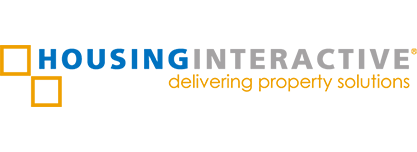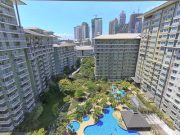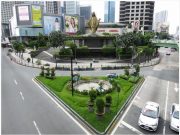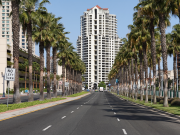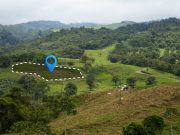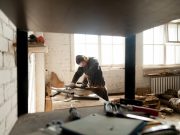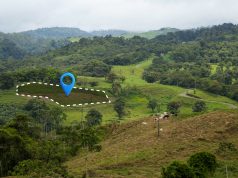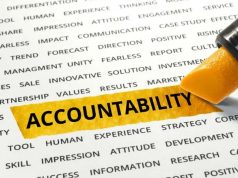The traditional urban model of separating residential and commercial zones is obsolete. This approach has led to the long commutes and crippling traffic that plague cities in the Philippines, wasting time, increasing stress, and harming the environment. The solution is clear: mixed-use developments that integrate living, working, and leisure spaces.
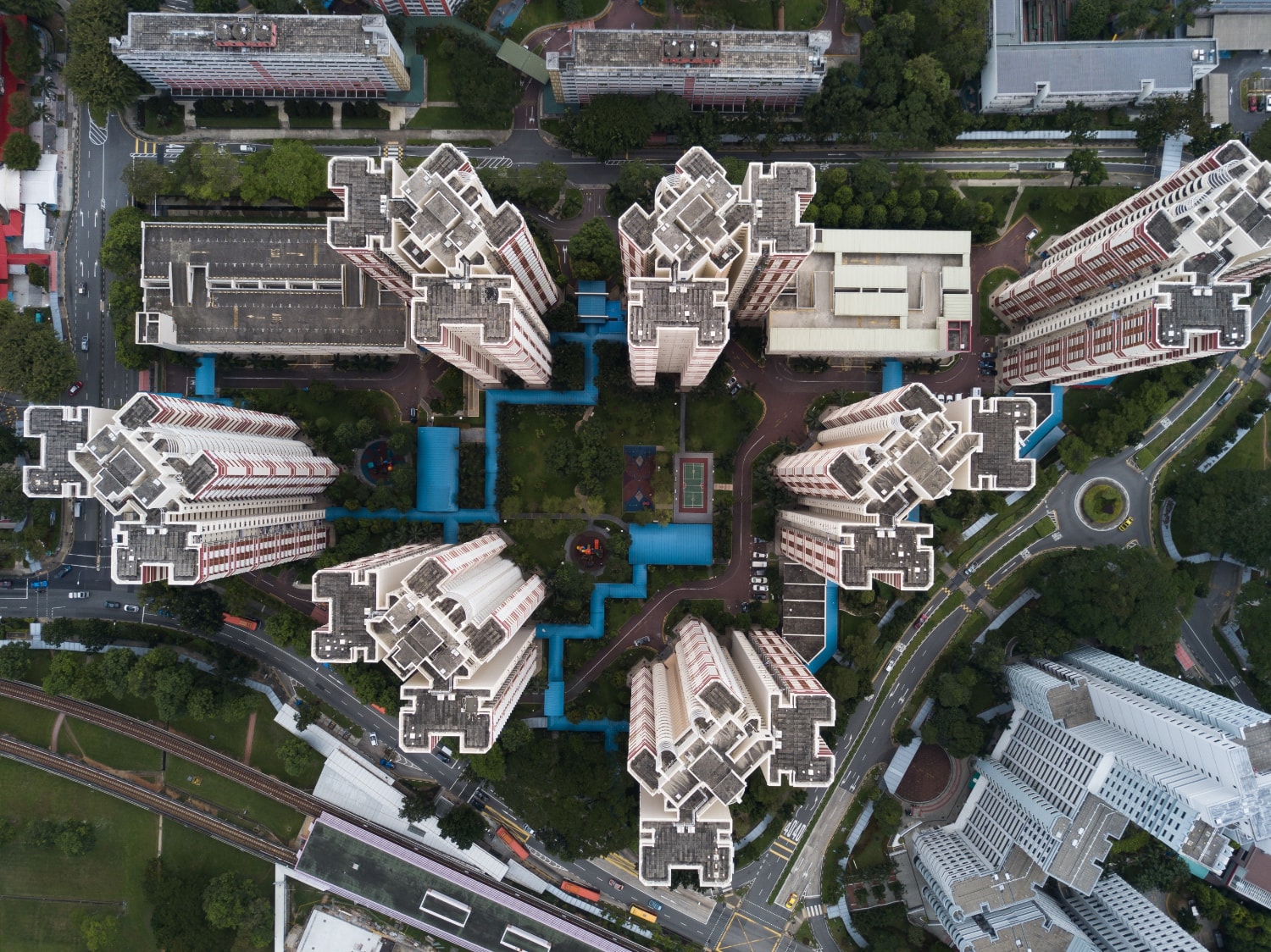
Rethinking Urban Living: The Case for Mixed-Use Communities
Mixed-use developments foster walkable, vibrant communities where daily necessities are conveniently close by. By integrating residential, office, and retail spaces, these developments eliminate the need for lengthy commutes and reduce dependence on cars. This not only reduces traffic congestion and carbon emissions but also fosters a stronger sense of community and improves residents’ overall quality of life.
Mixed-use communities are more than a trend; they’re a strategic investment in a better future. These developments attract a new generation of urban residents who prioritize convenience and work-life balance. They are also built for sustainability, featuring green spaces, energy-efficient designs, and walkable pathways that align with global trends in responsible urban planning. By investing in these communities, you aren’t just buying property; you’re contributing to healthier, more connected cities.
Real estate platforms such as HousingInteractive play a vital role in driving this urban transformation forward.
Understanding Mixed-Use Developments: The “Live-Work-Play” Philosophy
The traditional urban model of separating residential and commercial zones is obsolete. This outdated approach has led to long commutes, crippling traffic, and environmental issues that plague Philippine cities. The solution is clear: mixed-use developments.
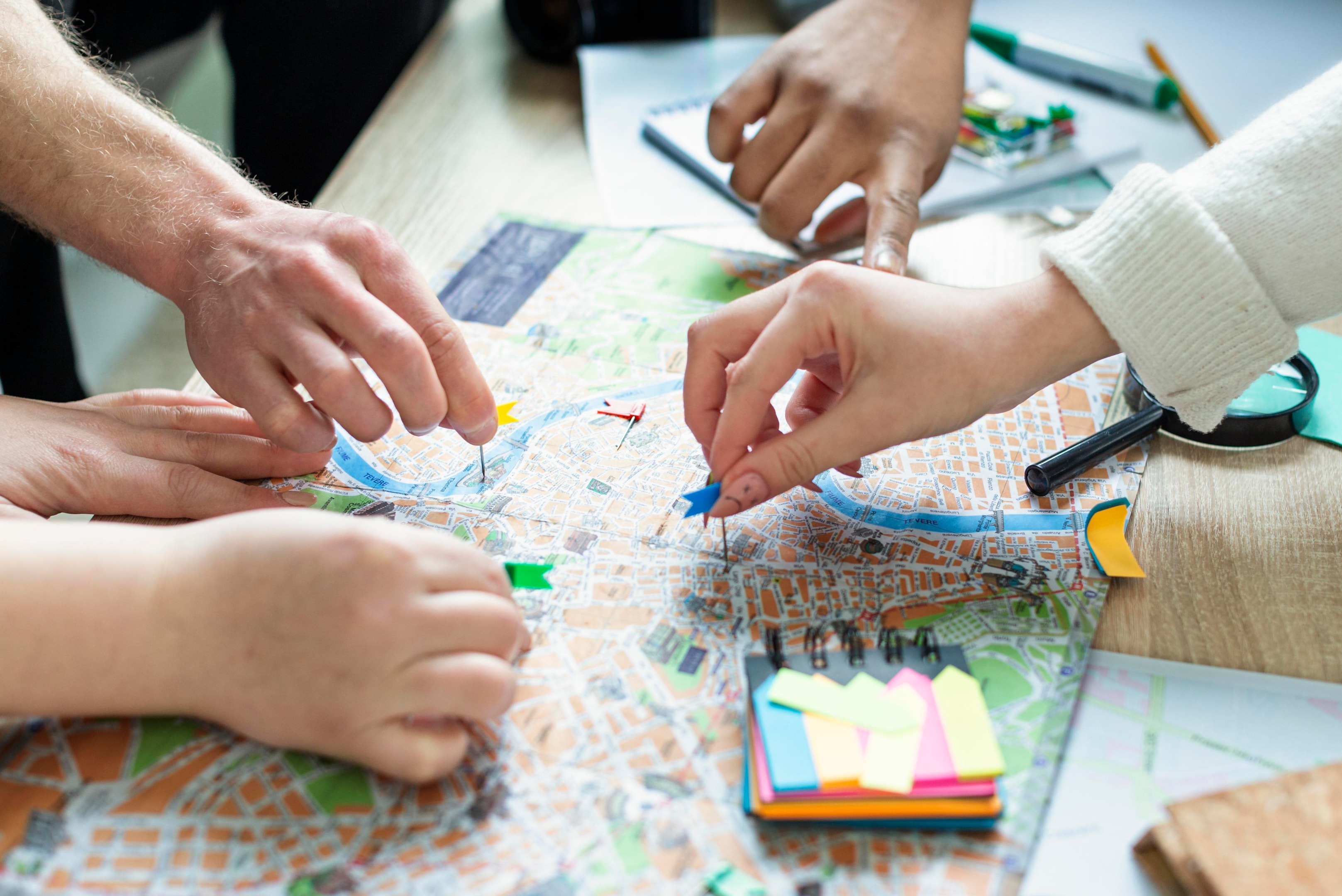
These master-planned communities seamlessly integrate living, working, and leisure spaces, creating vibrant, self-sustaining environments. This “live-work-play” philosophy is not just a trend; it’s a necessary evolution in urban planning that directly addresses our most pressing urban challenges.
1. The Problem with Traditional Urban Planning
- Longer Commutes and Traffic Congestion: When residential areas are separated from workplaces, it forces people into daily, time-consuming travel routines.
- Environmental Degradation: Heavy reliance on vehicles leads to increased carbon emissions and pollution.
- Poor Quality of Life: Residents have limited access to essential amenities and leisure spaces, impacting their well-being and work-life balance.
2. The Integrated Living Solution
Mixed-use developments solve these problems by prioritizing walkability and convenience. By combining residential, office, and retail spaces with recreational facilities, they foster balanced, sustainable lifestyles.
- Walkability and Convenience: Essential services are just steps away, reducing the need for cars and promoting an active lifestyle.
- Community and Connectivity: These developments encourage social interaction and a strong sense of community.
- Sustainable Urban Growth: Through green spaces, energy-efficient designs, and a reduced carbon footprint, mixed-use communities support a more sustainable future.
3. The Evolution of Mixed-Use Developments in the Philippines
Driven by rapid population growth and the demand for innovative solutions, mixed-use developments have become a cornerstone of modern urban planning in the Philippines. Developers like Megaworld and Ayala Land are leading the way, transforming simple combinations of buildings into sophisticated, holistic communities that promote economic growth and social cohesion. This evolution proves that a better, more efficient way of urban living is not just possible; it’s already here.
Key Features of a Winning Mixed-Use Development
Successful mixed-use communities aren’t just a random collection of buildings; they are strategically designed to create a superior quality of life. The most effective developments prioritize convenience, sustainability, and community. They prove that modern urban living doesn’t have to mean endless commutes and concrete jungles.
A. Strategic Location and Connectivity
A successful mixed-use development must be accessible. This means a prime location near major transportation hubs and business districts. Residents need to get where they’re going efficiently, whether by car, public transit, or on foot.
- Proximity to Public Transit: Easy access to trains, buses, and other public transport.
- Highway and Road Access: Seamless connection to major thoroughfares.
- Walkability and Bike-Friendliness: Infrastructure that encourages walking and cycling, reducing reliance on cars.
B. Efficient Land Use and Design
In densely populated urban areas, maximizing space is crucial. Successful mixed-use projects use intelligent design to incorporate diverse functions into a compact footprint.
| Design Element | Benefit |
| Vertical Integration | Stacking residential, commercial, and office spaces to maximize land efficiency. |
| Architectural Harmony | A cohesive aesthetic that blends different building types into a single, attractive community. |
| Flexible Spaces | Buildings designed to adapt to future needs, ensuring long-term viability. |
C. Green Spaces and Community Amenities
Modern urban dwellers demand more than just a place to live and work; they want a balanced, healthy lifestyle. Successful developments integrate nature and leisure into their core design.
- Lush Green Spaces: Parks, courtyards, and rooftop gardens provide residents with a much-needed connection to nature.
- Serene Atmosphere: Thoughtful landscaping and design create a peaceful environment that promotes well-being.
- Recreational Facilities: Gyms, swimming pools, and sports courts offer residents opportunities for an active lifestyle.
- Community Hubs: Cafes, plazas, and common areas that encourage social interaction and foster a strong sense of community.
Tangible Benefits of Mixed-Use Developments: Reshaping Urban Lifestyles
Mixed-use developments aren’t just about combining buildings; they’re about creating a better way of life. By integrating residential, commercial, and recreational spaces, these communities deliver a host of tangible benefits that elevate quality of life, stimulate economic growth, and promote environmental health. This is a strategic solution to the urban challenges facing cities today.
1. Elevated Quality of Life
Imagine reclaiming the hours you spend in traffic every day. Mixed-use communities make this a reality by placing everything you need within walking distance. This convenience translates directly into a higher quality of life.
- More Time: With amenities just steps away, residents save time on commutes and errands, allowing for more time with family and friends.
- Health and Well-being: Access to green spaces, gyms, and walking paths encourages an active, healthy lifestyle.
- Stronger Communities: Shared spaces like parks, cafes, and plazas foster social interaction and a powerful sense of belonging.
This diversity of facilities within a single community reduces the need for long-distance travel, allowing residents to spend more quality time with their loved ones and engage more actively in community events. Furthermore, the presence of retail spaces such as cafes, restaurants, and shops within these developments creates vibrant social hubs that enrich daily living.
2. Economic Resilience and Growth
Mixed-use developments are powerful economic engines. They create stable, vibrant local economies that benefit both residents and investors.
| Economic Benefit | Description |
| Job Creation | Attracts a diverse range of businesses, from retail shops to BPO centers, creating local employment opportunities. |
| Work-Life Balance | The proximity of offices and homes improves productivity and reduces stress, particularly for industries like BPO. |
| Investment Stability | Diversified real estate portfolios—combining residential, retail, and office spaces—offer more stable and attractive returns for investors. |
3. Environmental and Health Benefits
These developments are a blueprint for sustainable urban living. By design, they reduce our collective impact on the environment while promoting healthier habits.
- Reduced Pollution: Less reliance on cars means cleaner air and a smaller carbon footprint.
- Sustainable Design: Incorporates green building practices, such as renewable energy and efficient water systems, to conserve resources.
- Active Lifestyles: Walkable neighborhoods and accessible green spaces encourage physical activity, which is proven to improve both mental and physical health.
Mixed-use developments not only reduce traffic congestion but also promote healthier urban environments through sustainable design features like green roofs, rainwater harvesting, and energy-efficient lighting. These elements conserve natural resources and lower the community’s carbon footprint. Emphasizing walkability and pedestrian-friendly pathways encourages residents to opt for walking or cycling, enhancing physical health and fostering safer, more connected neighborhoods. Additionally, the inclusion of green spaces and recreational facilities offers opportunities for outdoor activities, contributing to improved mental and physical well-being.
Philippine Success Stories: Master Planned Developments Leading the Way
Real estate developers such as Century Properties and Filinvest play a pivotal role in advancing mixed-use developments in the Philippines. Through joint ventures and partnerships, these companies combine expertise and resources to deliver master planned communities that meet the growing demand for integrated living. Their projects often serve as prime examples of how mixed-use developments can foster economic growth, promote sustainable urban planning, and improve the quality of life for urban dwellers.
1. Ayala Land: Pioneer and Leader
Ayala Land is a pioneer in master-planned developments in the Philippines, with projects that have become household names. Their communities are known for their strategic locations, premium amenities, and a strong emphasis on sustainability and open spaces.
- Ayala Center (Makati): This development transformed a once-segregated area into a premier business and lifestyle district. It’s a prime example of a mixed-use community that has successfully blended commercial, residential, and recreational spaces.
- Vertis North (Quezon City): Positioned as the Central Business District of Quezon City, this 29-hectare development integrates a business district, residential areas, and a sprawling green park. It showcases how a modern, walkable urban community can thrive even in a bustling city.
- Nuvali (Sta. Rosa, Laguna): An “eco-city” that has set the standard for sustainable suburban living. Nuvali combines residential, commercial, and office spaces with vast natural amenities, making it a thriving economic center that still prioritizes a balanced and healthy lifestyle.
2. Megaworld Corporation: Township Innovator
Megaworld has become a leader in the township concept, creating self-contained communities that aim to be “cities within a city.” Their developments are known for their modern, vibrant feel and for incorporating key features like BPO hubs, which are vital to the Philippine economy.
- Eastwood City (Bagumbayan, Quezon City): Often credited as the Philippines’ first “live-work-play” community, Eastwood City is a prime example of a successful township that blends residential condominiums, IT-enabled office buildings, and a wide array of retail and entertainment options. It’s also a major hub for the business process outsourcing (BPO) industry.
- Arcovia City (Pasig): A newer development that is quickly becoming a vibrant, modern township. It integrates residential areas, commercial centers, and retail outlets, all connected by transportation options. A notable landmark is the “Arco de Emperador,” a symbol of the development’s vision.
Master-planned communities are redefining the urban landscape in the Philippines. While Ayala Land and Megaworld are well-known pioneers, other developers are also leading the charge with innovative projects that embody the “live-work-play” lifestyle. These developments are not just about building cities; they are about fostering smarter, more sustainable communities.
3. The Rockwell Land Difference: Luxury and Exclusivity
Rockwell Land is synonymous with premium, high-end developments that combine luxury living with strategic urban planning. Their projects are meticulously designed to be exclusive urban oases.
- Rockwell Center (Makati): This flagship development is a powerful example of urban renewal. It transformed a former power plant into a sophisticated community featuring a mix of residential towers, office buildings, and the high-end Power Plant Mall. It’s a self-contained hub that offers unparalleled convenience.
- The Grove by Rockwell (Pasig): This residential and retail complex shows Rockwell’s commitment to creating a serene atmosphere even within a bustling city. The development’s central feature is its vast open space and gardens, providing a resort-like feel and a refuge from the urban grind.
4. The SMDC Approach: Accessibility and Convenience
SM Development Corporation (SMDC) has leveraged the success of its retail empire to create mixed-use communities built around convenience and accessibility. Their projects often integrate residential towers with shopping malls and other essential services.
- Mall of Asia Complex (Pasay): A prime example of SMDC’s strategy, this massive complex is a thriving business and lifestyle district. It features residential condominiums, hotels, office buildings, and a sprawling entertainment hub, all centered around the iconic SM Mall of Asia.
- A-Space (Various Locations): SMDC’s “Air Residences” and “Jazz Residences” projects are strategically located in key business districts, offering residents direct access to commercial centers, public transportation, and major thoroughfares. This model focuses on providing urban professionals with a convenient home base.
5. The Filinvest Legacy: Sustainable and Green-Focused Communities
Filinvest is a key player known for its focus on building sustainable, green-oriented mixed-use developments that prioritize environmental stewardship alongside modern living.
- Filinvest City (Alabang, Muntinlupa): This master-planned community is a model of green urban development. It features a modern business district, residential zones, and vast green spaces. The development promotes a healthy lifestyle through bike lanes, parks, and tree-lined roads.
- Aspire (Quezon City): A newer development, this project is a mixed-use hub designed for modern work-life integration. It combines residential units, office spaces, and a commercial center, all in a dynamic and well-connected location.
6. Vista Land: Suburban and Provincial Expansion
While Ayala and Megaworld have focused on major urban centers, Vista Land has made a name for itself by developing master-planned communities in suburban and provincial areas. Their projects are designed to create cities-within-cities outside of Metro Manila, providing the same “live-work-play” convenience in high-growth areas.
- Evia Lifestyle Center (Alabang): A premier mixed-use complex that serves as a central hub for shopping, dining, and entertainment in the southern part of Metro Manila. It highlights Vista Land’s commitment to creating accessible and convenient lifestyle destinations.
- Villar City: An ambitious, large-scale project spanning multiple cities and municipalities. It is envisioned as a nexus where economic, lifestyle, and cultural activities intersect, with a strong emphasis on extensive open spaces and recreational opportunities to promote community and well-being.
The “live-work-play” philosophy has been a game-changer in Philippine urban development, and several leading developers have created successful master-planned communities that serve as powerful examples. These developments have not only reshaped city skylines but have also provided a template for sustainable, integrated urban living.
The Role of HousingInteractive in the New Urban Reality
HousingInteractive goes beyond property listings to empower investors, homebuyers, and renters by providing:
- Guidance on navigating the complexities of integrated living spaces and township developments.
- A bridge connecting real estate developers with buyers seeking vibrant, sustainable communities.
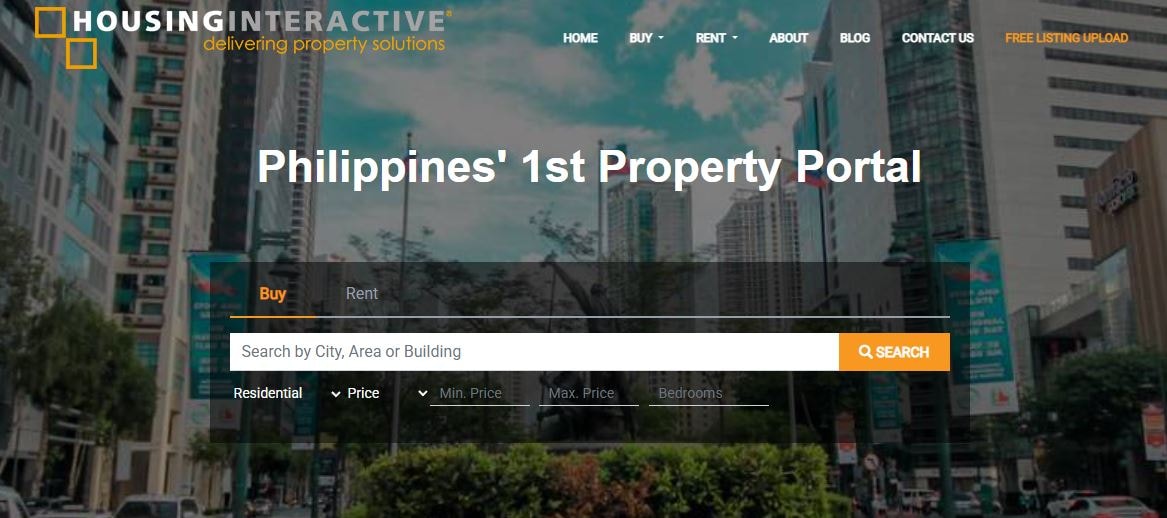
By leveraging HousingInteractive, stakeholders can make informed decisions that align with the future of urban development in the Philippines.
In addition to these core services, HousingInteractive serves as a comprehensive resource hub, offering up-to-date real estate news, expert analyses, and trend forecasts that highlight emerging opportunities in the real estate sector. This enables users to stay ahead of market shifts and capitalize on developments that promote sustainable growth and enhanced quality of life.
Key Functions of HousingInteractive
- Market Insights: Provides data and analysis that empower homebuyers and investors to make informed decisions about mixed-use properties.
- Comprehensive Resources: Offers a wealth of information, from project details to community profiles, streamlining the search for the ideal integrated living environment.
- Empowering Stakeholders: Ensures all parties, buyers, investors, and developers are well-informed, leading to more relevant and innovative urban projects.
- Fostering Connections: Acts as a vital link in the real estate ecosystem, contributing to the creation of vibrant and sustainable communities across the Philippines.
In an era where the future is integrated, platforms like HousingInteractive play a crucial role in bridging gaps between developers, investors, and residents. By facilitating transparent information exchange and fostering connections, HousingInteractive contributes to building thriving, well-planned communities that embody the principles of sustainable urban living.
Embracing a Brighter Future of Urban Living
Mixed-use developments represent the future of urban living in the Philippines. They offer a practical, profitable, and sustainable solution to the challenges posed by traditional city layouts. By creating spaces that integrate residential, commercial, and recreational uses, these developments foster vibrant, thriving communities that promote a balanced and active lifestyle.
The shift toward integrated living is irreversible because it delivers a better quality of life, economic resilience, and environmental stewardship. For those ready to embrace this brighter future, exploring mixed-use developments through platforms like HousingInteractive is the first step toward finding an ideal living space that truly embodies modern urban living.
Discover the future today, where living, working, and playing are seamlessly connected in well-planned communities designed for you.
